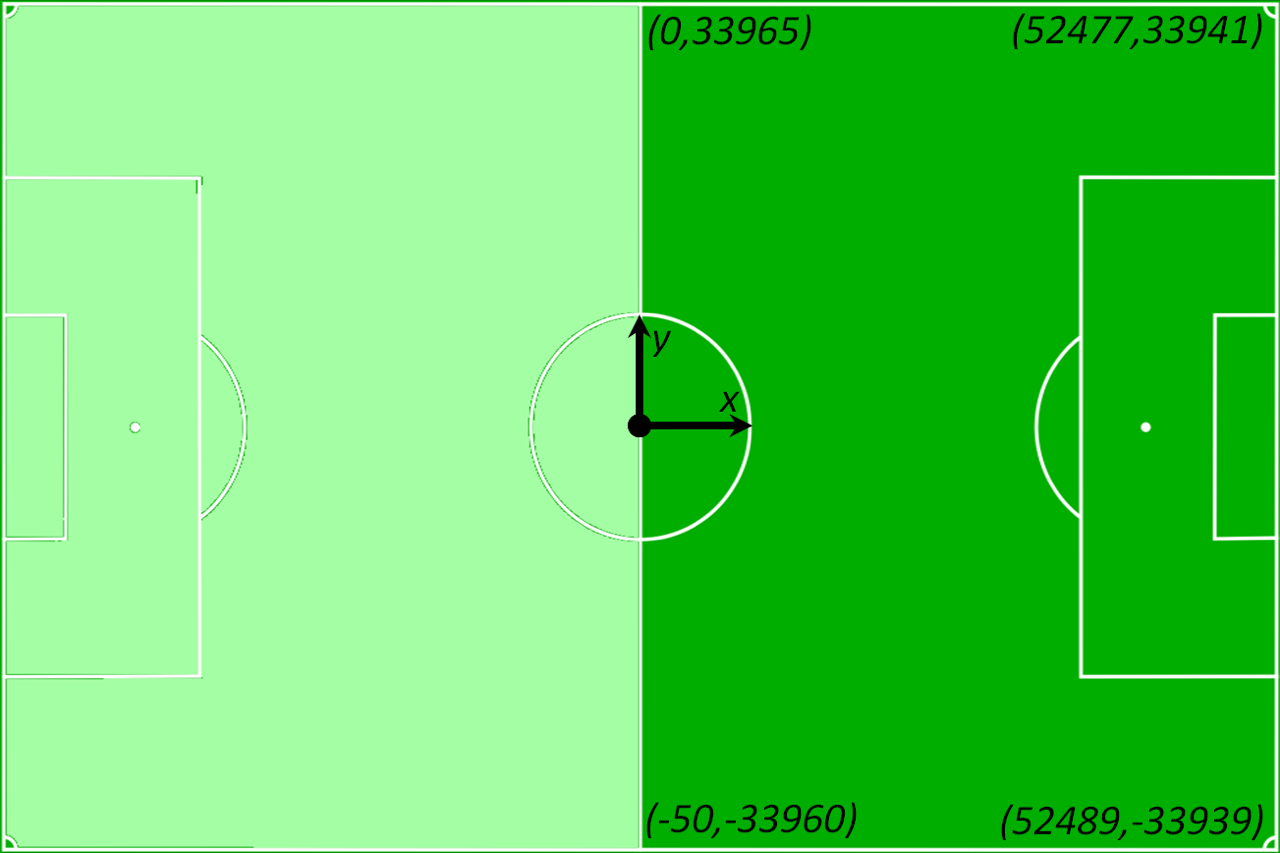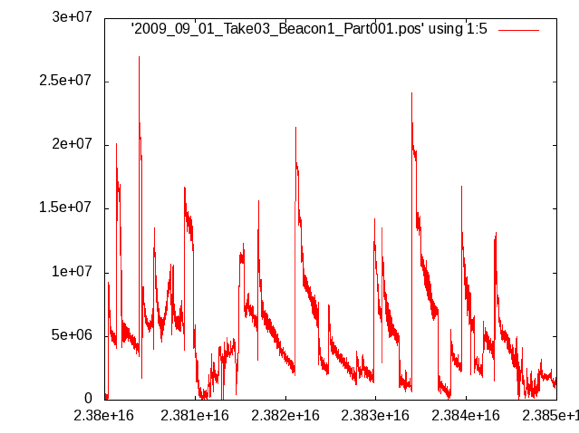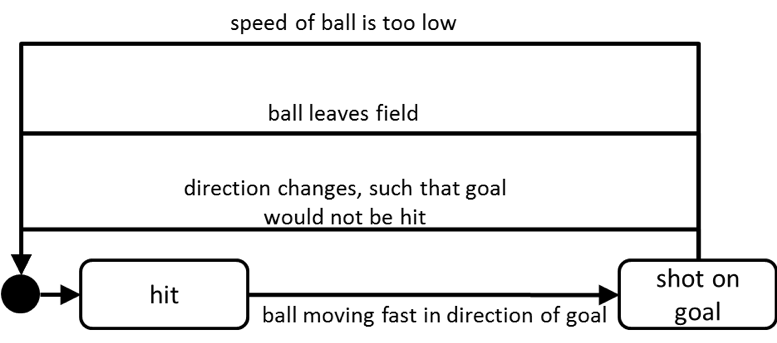DEBS 2013 Grand Challenge: Soccer monitoring
The ACM DEBS 2013 Grand Challenge is the third in a series of challenges that seek to provide common ground and evaluation criteria for a competition aimed at both research and industrial event-based systems. The goal of the Grand Challenge competition is to implement a solution to a problem provided by the Grand Challenge organizers.
The DEBS Grand Challenge series provides problems that are relevant to the industry at large, as they allow for evaluation of event-based systems using real-life data and queries.
Participants in the DEBS 2013 Grand Challenge have to submit (1) a six-page paper in ACM SIG proceedings format that outlines the solution, highlighting its innovative aspects and presenting the evaluation method; and (2) a demonstration of the system – in the form of either a video or a screencast. All submissions are subject to a peer review process. Authors of all accepted submissions will be invited to present their systems during the DEBS 2013 Conference. Upon the explicit consent from the Challenge participants, authors’ solutions will be included in the global ranking.
The winner of the Grand Challenge will be announced and awarded during the conference banquet. The global ranking is based on the peer review scores and how the solution performs. Assessment of that performance is based on the throughput and latency of the system under the assumption of result correctness.
Problem description
With the Grand Challenge, we seek to demonstrate the suitability of event-based systems for providing real-time complex analytics on high-velocity sensor data. One typical use case is the analysis of a soccer match. The data for the DEBS 2013 Grand Challenge originates from a set of wireless sensors embedded in the players’ shoes and the ball, which recorded the entire soccer game. The real-time analytics include the continuous computation of statistics relevant for spectators (ball possession, shots on goal) as well as coaches and team managers (running performance analysis of team members).
Data
The data used in this year’s DEBS Grand Challenge was collected by a real-time locating system deployed on the field at the soccer stadium in Nuremberg, Germany. Data originated from sensors located near the players’ shoes (1 sensor per leg) and in the ball (1 sensor). The goalkeeper was equipped with two additional sensors, one on each hand. The sensors near the players’ shoes and on the goalkeeper’s hands produced data at a frequency of 200 Hz, while the sensor in the ball produced data at 2000 Hz. The total data flow reached roughly 15,000 position events per second, with each of these events describing the position of a given sensor in a three-dimensional coordinate system. The center of the playing field is at the coordinates (0, 0, 0) – see Figure 1 for the field’s dimensions and the coordinates for the kickoff. The event schema is as follows:
sid, ts, x, y, z, |v|, |a|, vx, vy, vz, ax, ay, az
where sid is the ID of the sensor that produced the position event, ts is a timestamp in picoseconds, e.g. 10753295594424116 (whereby 10753295594424116 designates the start of play and 14879639146403495 the end of the game), x, y, z describe the position of the sensor in mm (the origin is the middle of a full-size soccer field), and |v| (in μm/s), vx, vy, vz describe the direction of a vector with a size of 10,000. Hence, the speed of the object in x-direction in SI units (m/s) is calculated using the formula:
v’x = |v| * vx * 1e-4 * 1e-6
(vx in m/s is derived by |v| * 1e-10 * vx) and |a| (in μm/s²), ax, ay, az describe the absolute acceleration and its constituents in three dimensions (the acceleration in m/s² is calculated in a way similar to velocity). The acceleration does not include gravity, i.e. |a| is zero when the ball is at a fixed position and not 9.81 m/s².






